Nestled in a unique environment full of vegetation and Romanesque art
What can you find near Pazo Almuzara?
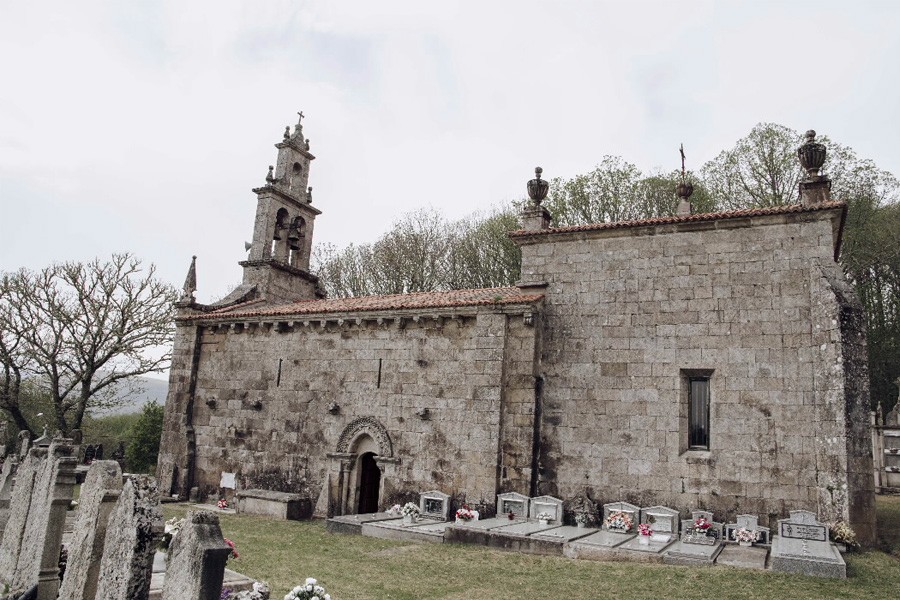
Church of Santa María de Xuvencos
Parish Church of Boborás. From the Pazo, you can see its tower sailing through a grove of chestnut trees. Romanesque, renovated in the 18th century. In front of the entrance to the atrium, there is a cross with a sculpture of a seated bishop, a rarity of unknown significance.
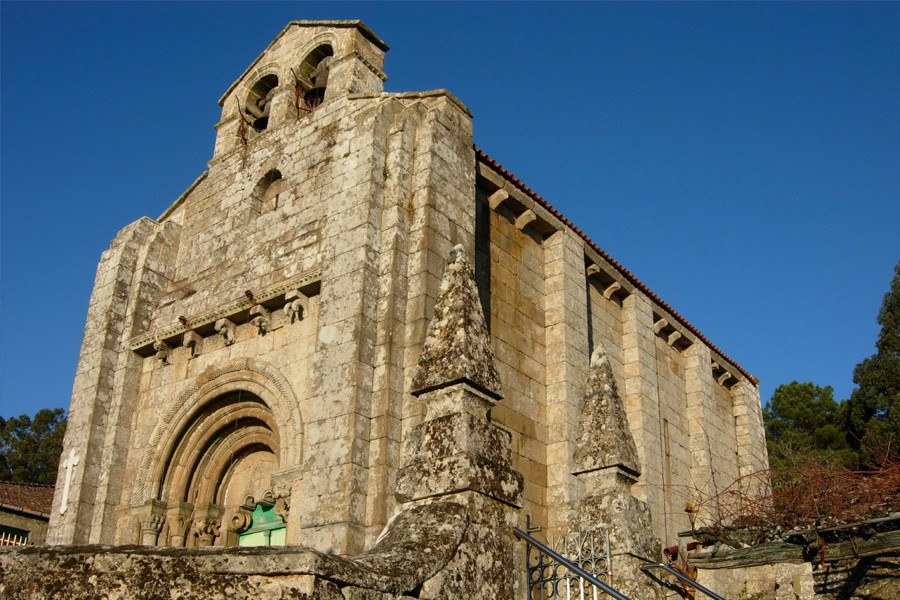
Church of Astureses
Harmonious construction in the purest Galician rural Romanesque style. It belonged to the Order of the Temple.
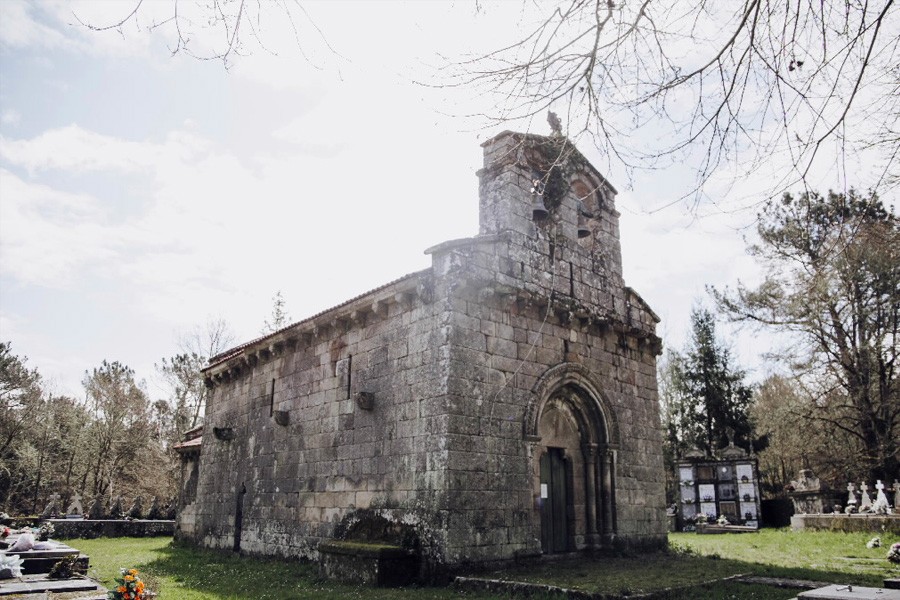
Moldes
A beautiful place in which the buildings of some traditional Galician manors (pazos) stand out, such as that of the Losada family, birthplace of the Galician writer and politician Antón Losada Diéguez, or the Pazo Tizón, nowadays converted into a well-kept winery of the D. O. Ribeiro. The church, located on the top of an ancient hillfort (castro), is a simple and perfect example of 12th century Romanesque architecture. It was declared a National Monument in 1946 and belonged to the Knights Templar.
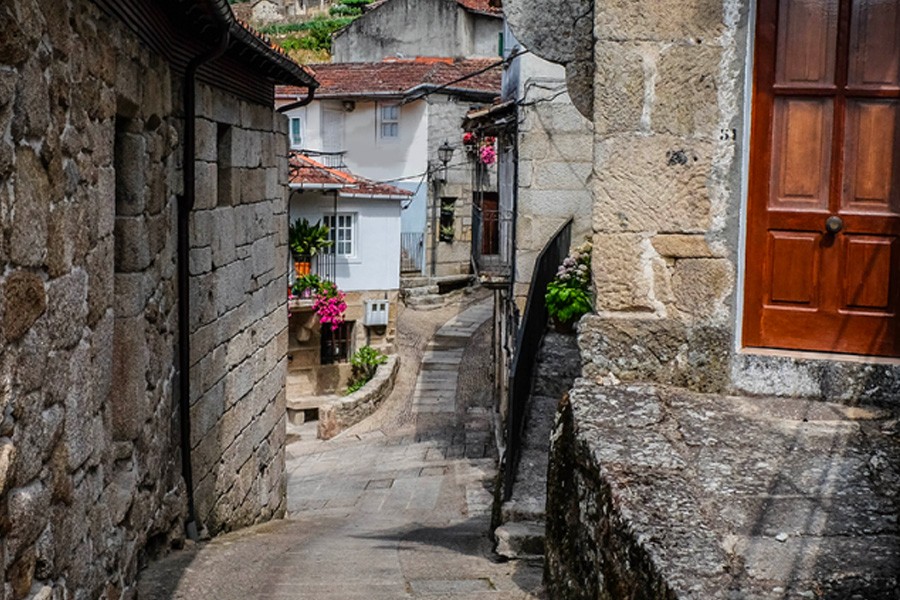
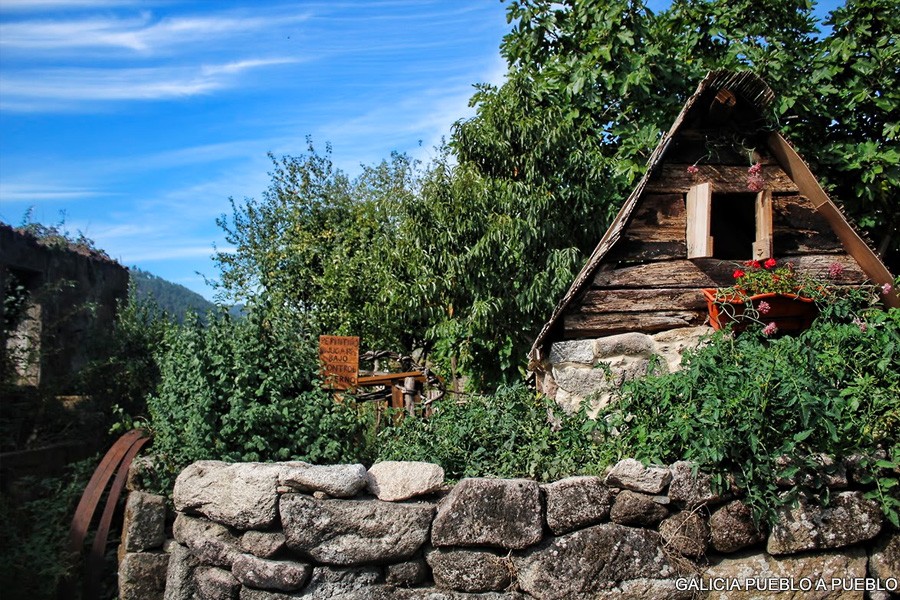
Historic-artistic site and church of Manors (Pazos) de Arenteiro
This is an interesting village located at the confluence of the rivers Avia and Arenteiro and is made up of a group of manors mostly from the 16th and 17th centuries, and the Romanesque church of San Salvador from the 12th century. It was the seat of a grant by the crown (encomienda) to the Order of Malta, from which the wine traffic from Ribeiro to Pontevedra and Santiago was controlled. What was once the commander’s house, Pazo da Encomenda, is still preserved as it later became the rector’s house, and today turned into a rural tourism house. Other interesting manors are Pazo dos Feixoo, Pazo dos Cervela and others, many of them emblazoned and some in ruins. There are also two medieval bridges, one of them, Ponte da Cruz, is in a semi-ruined state, left after a confrontation between the guerrilla of Avia (“guerrilleiros do Avia”) and Napoleon’s troops during the War of Independence, preventing them from passing through. The area is crossed by a network of footpaths, one of them, the PR-G-79 with 11.4 km, links the area with O Carballiño to the north and to the south continues to Ribadavia for another 16 km. But if you want to go for a simple walk, you can follow another short beautiful path along the banks of the Arenteiro river, with wooden footbridges at the most difficult points, leading to a beautiful waterfall called Pozo dos Fumes.
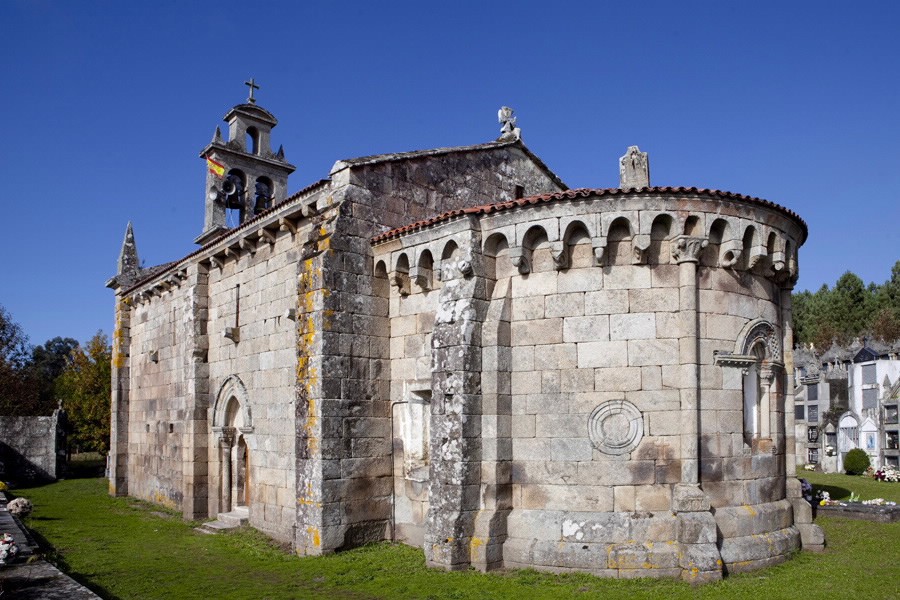
Church of Cameixa
Romanesque from the 12th century, well restored, with a beautiful apse in which a curious sundial stands out.
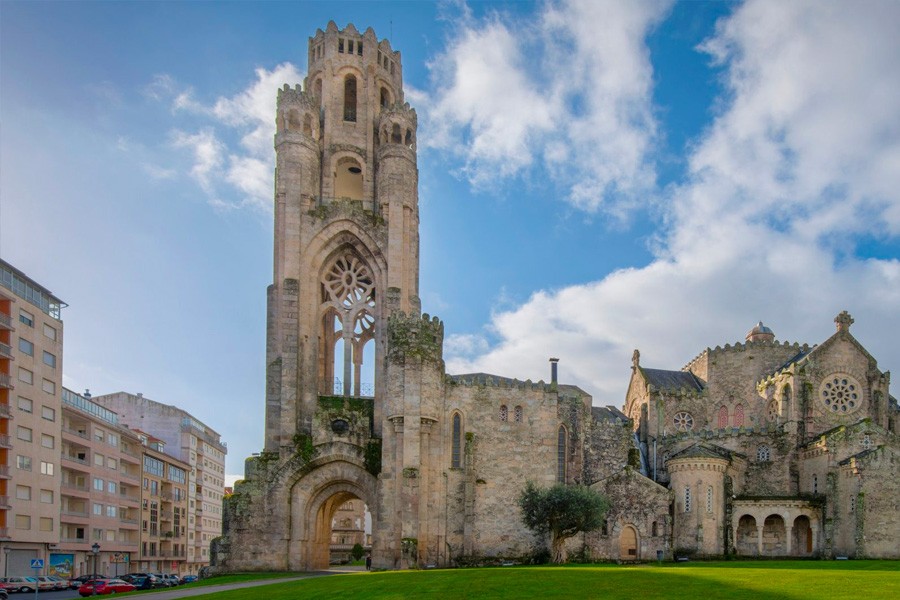
O Carballiño
This modern town with a spa tradition lacks a historic centre but, in compensation, has an enormous municipal park of around 40 hectares. At one end of the park is the Ethnographic Park of Arenteiro (Parque Etnográfico do Arenteiro), a space made up of a cluster of mills, the miller’s house, and its surroundings. The most emblematic monument is the Veracruz Temple (Templo de la Veracruz), a masterpiece of contemporary religious architecture (from the second half of the 20th century) and the ultimate by the architect Antonio Palacios. In terms of gastronomy, the famous fair-style octopus (pulpo á feira) is a must.
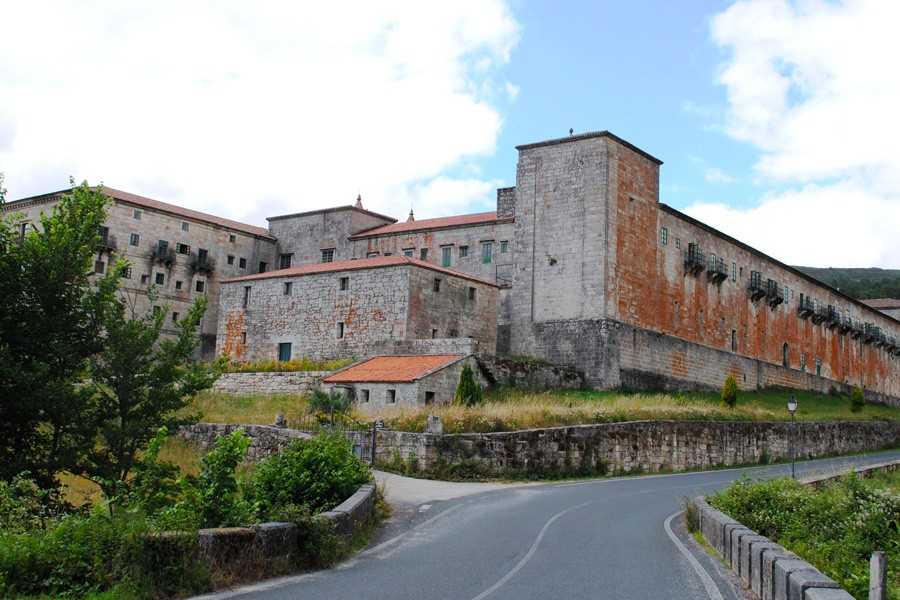
Santa María a Real de Oseira Monastery
Magnificent Cistercian monastic complex dating from the 12th century. Winner of the Europa Nostra Award 1989. Daily guided tours. On Sundays, solemn mass sung in Gregorian. Opposite, in an outbuilding of the old pilgrims’ hostel, the Liste Ethnographic Museum (Museo Etnográfico Liste) with more than 6,000 pieces.
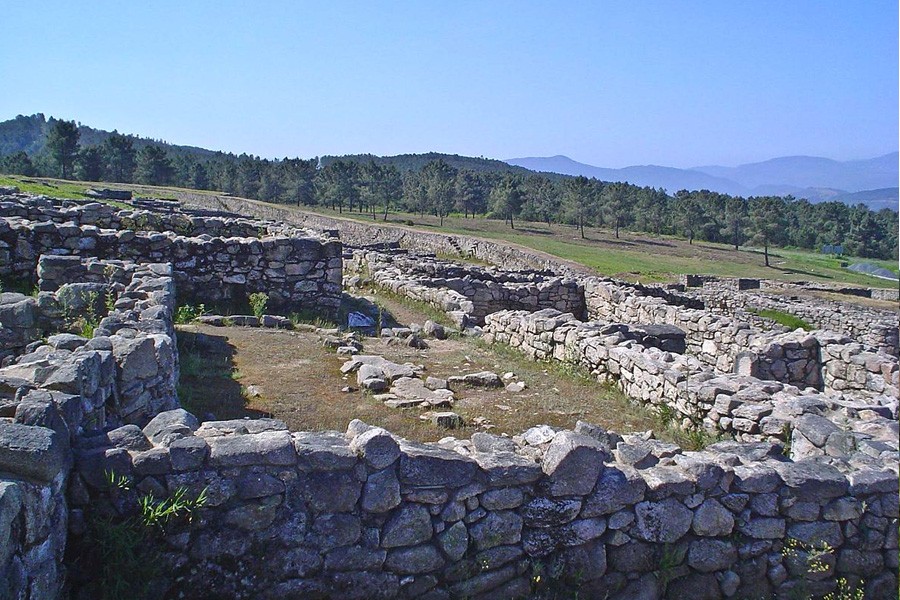
Hillfort (Castro) of San Cibrán de Las
The ancient Lansbricae is one of the largest hillforts (castros) in Galicia. Its double walled enclosure was, and still is, known in the surrounding area as “the city”, giving an idea of its dimensions. It is still in the process of archaeological excavation and at its base a Centre of Interpretation of the Castreña Culture (Centro de Interpretación de la Cultura Castreña) has been built with a permanent exhibition of the pieces discovered here and in which one can imagine, in a very pleasant way, what life was like for our ancestors in the Iron Age. Guided tours of the site.
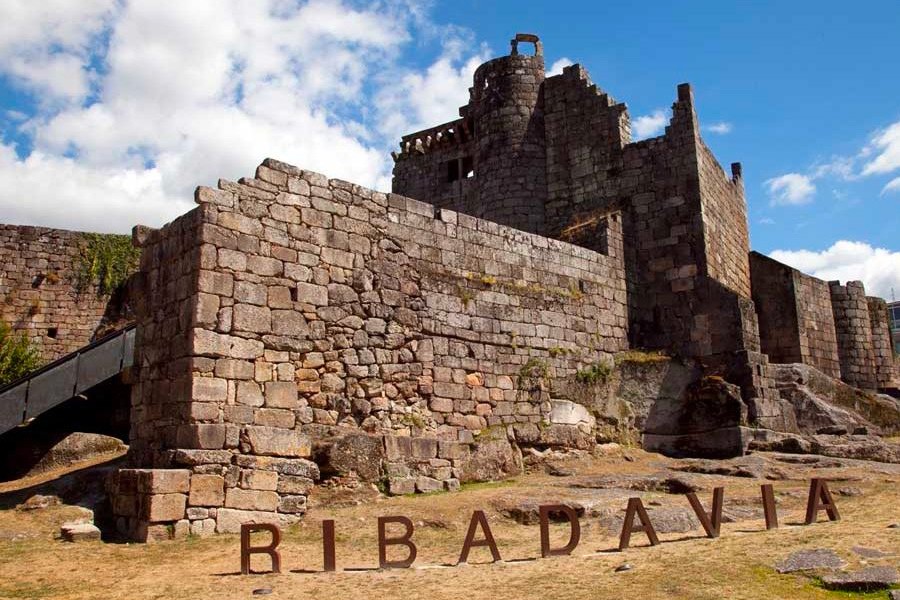
Medieval quarter and Jewish quarter of Ribadavia
Ribadavia is the capital of O Ribeiro and has a well-preserved mediaeval quarter with its asphyxiated streets, wine cellars, Romanesque, Gothic and Baroque churches, the convents of San Francisco and Santo Domingo, one of the most interesting Jewish quarters in Spain and the remains of the castle of the Sarmiento family, feudal lords of the region who took part with their troops in the capture of Granada and to whom the Catholic Monarchs gave the title of Counts of Ribadavia in gratitude. Nearby is the place of Francelos, where the pre-Romanesque chapel of San Xes, National Monument, is located and presumably built with the remains of the old monastery of San Xes dos Franceses, which was located here in the 9th and 10th centuries.
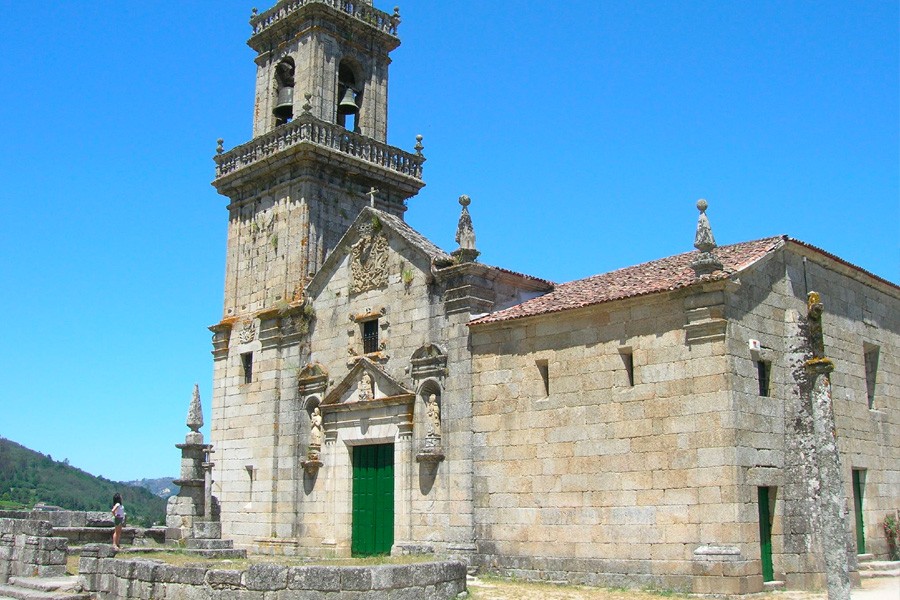
Beade
Heart of O Ribeiro de Avia, surrounded by a sea of vineyards. It formerly belonged to a crown grant (Encomienda) to the Order of St. John of Jerusalem. It is worth mentioning some manor houses and the 16th century Baroque church of Santa María, built on the remains of another Romanesque church. The main chapel preserves extraordinary tombs and the side chapels have very good altarpieces. Opposite, a Way of the Cross of 14 crosses topped by a Calvary.
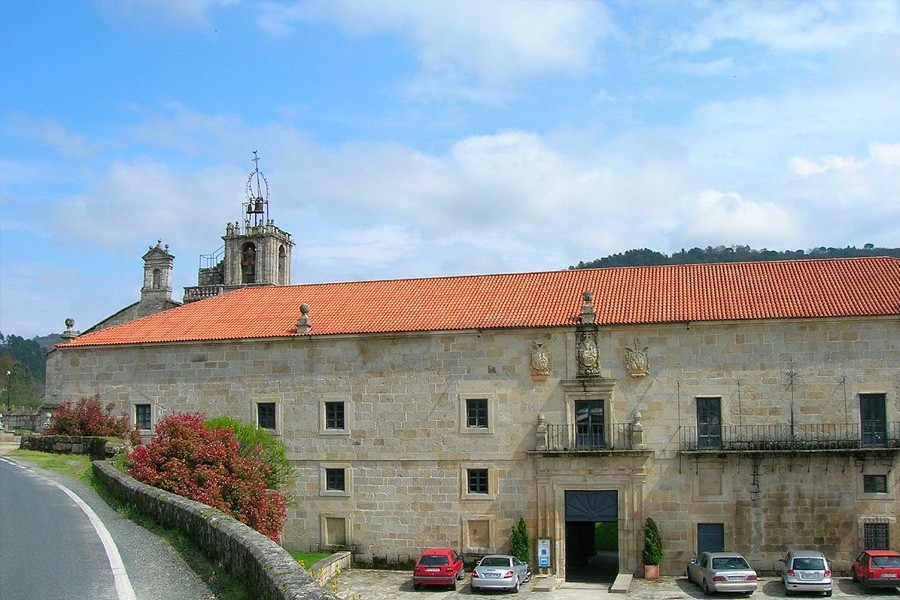
Leiro
An important wine-growing centre in O Ribeiro, it has a beautiful promenade on one of the banks of the river Avia, with a hanging footbridge and on the other bank a leafy grove, or Salgueiral, with a bathing area. Not more than half a kilometre away, is the monastery of San Clodio, an agricultural rectory founded in the 10th century, although it has been a hermitage since the 6th century. The church is Romanesque, and despite its disfigured façade losing its harmony, was practically the only thing still standing at the end of the last century. Rebuilt, it has been converted into a hotel, but its cloisters, dating from the 16th and 17th centuries, can still be visited. From Leiro, in the opposite direction, you can climb up to the imposing granite formation of Pena Corneira, from its height you can see half of the province. 4 km away, the church of San Tomé de Serantes, Romanesque from the 12th century, and just at the base of Pena Corneira, Santa María de Lamas, small church in the purest Romanesque style.
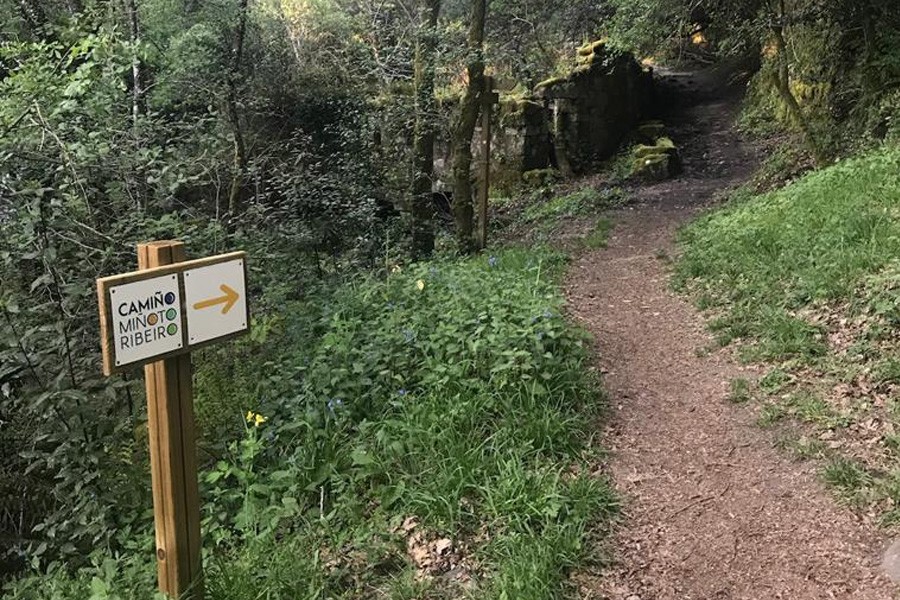
Miñoto-Ribeiro Way
The Miñoto-Ribeiro Way is one of the oldest roads linking the north of Portugal with the city of the Apostle St. James. Most of its route still follows the same paths, Roman roads, and medieval roads. This relational character comes from very old communicating hillforts (castros) and prehistoric populations, in addition to the huge abundance of megalithic settlements and burial mounds, which remind us of the premature habitation of these places. It encompasses, among other characteristics, three differentiating elements that give it a specific character of its own: “Nature, Hydrotherapy, and Wine”.
From Pazo Almuzara it is possible to reach O Carballiño, which is only 5 km away.
In addition to other localities such as:
- OURENSE: 32 km.
- VIGO: 92 km.
- SANTIAGO: 92 km.
- A CORUÑA: 160 km.
- PONTEVEDRA: 62 km.
- PORTUGAL: 55 km via Cortegada; 101 km via Tui.
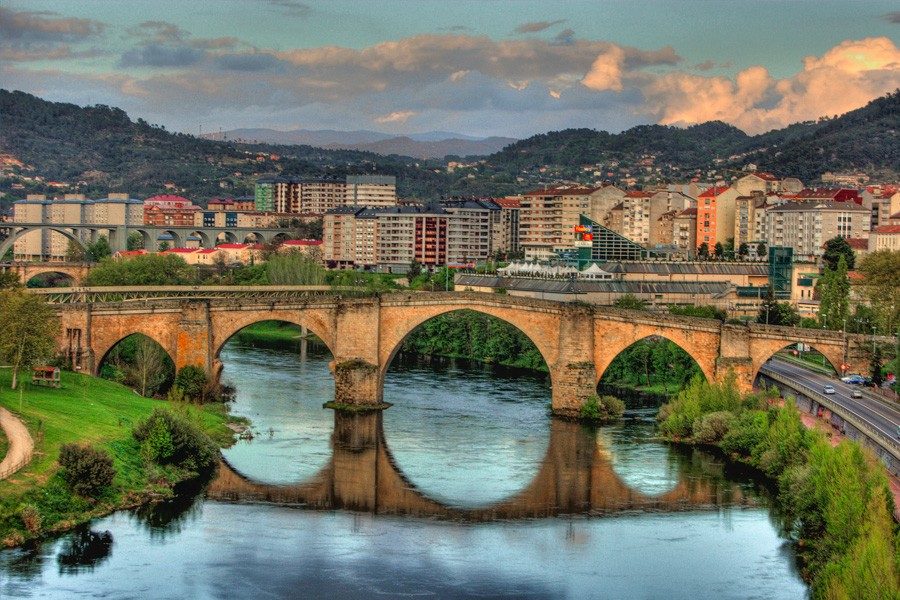
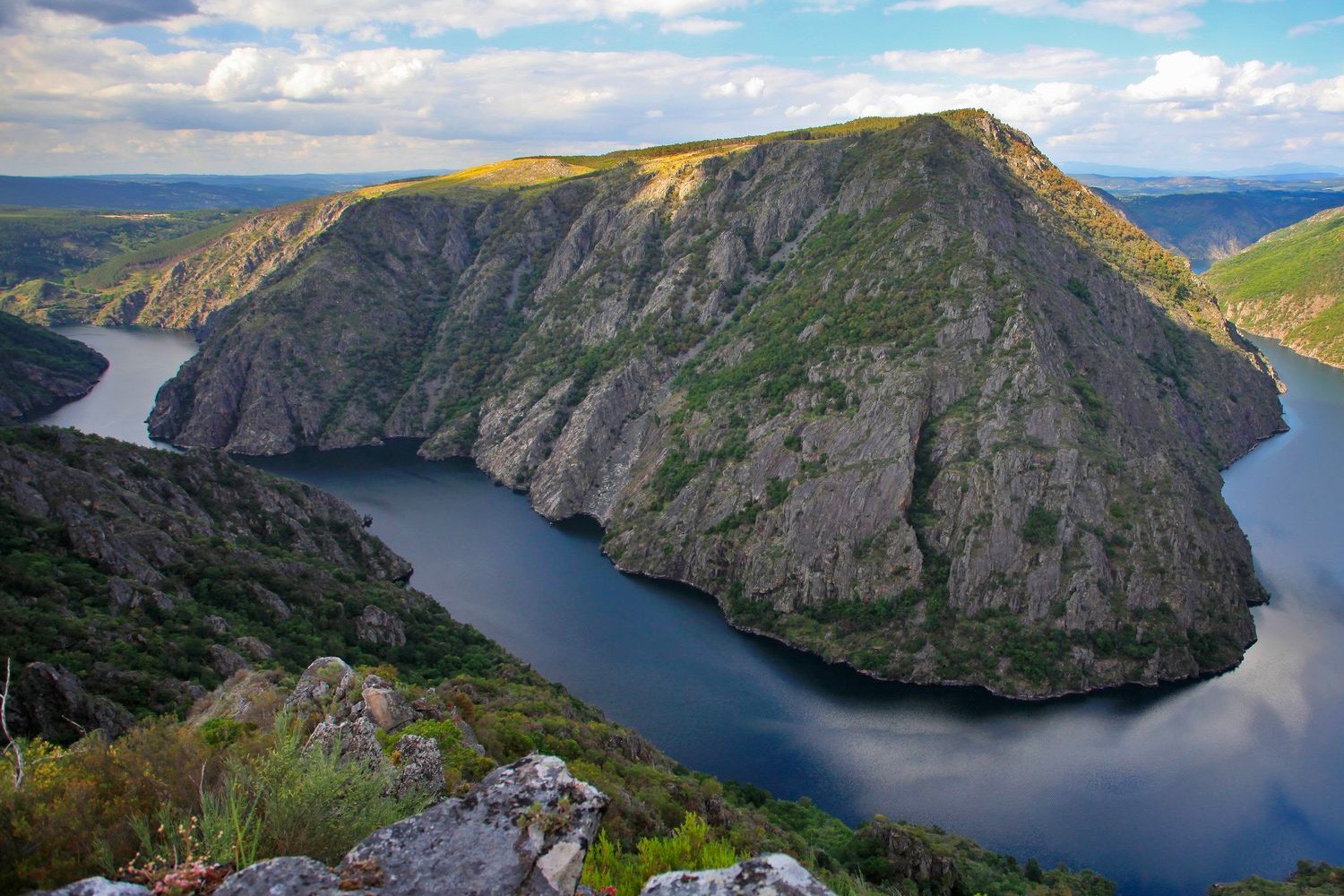
Relatively close to the Pazo de Almuzara are many places of great interest. At a distance of 49.5 kilometres is the natural area of Ribera Sacra, recently named World Heritage Site by UNESCO, a place to enjoy wine, nature, and hiking. As well as the city of Ourense, known for its natural and medicinal hot springs. Without going any further, and as previously noted, we can enjoy the following points of interest: Church of Santa María de Xuvencos, Artistic ensemble and church of Manors (Pazos) de Arenteiro, Church of Astureses, Moldes, and many more.


